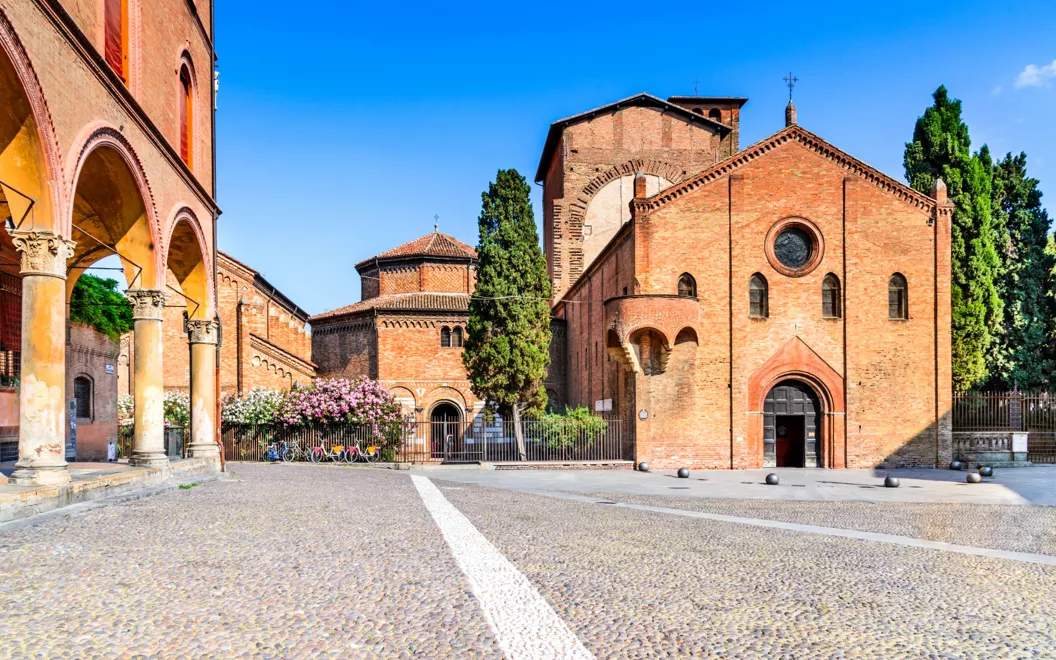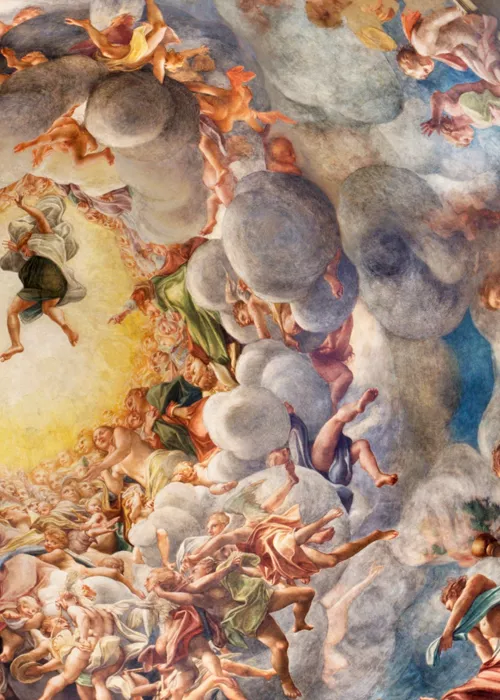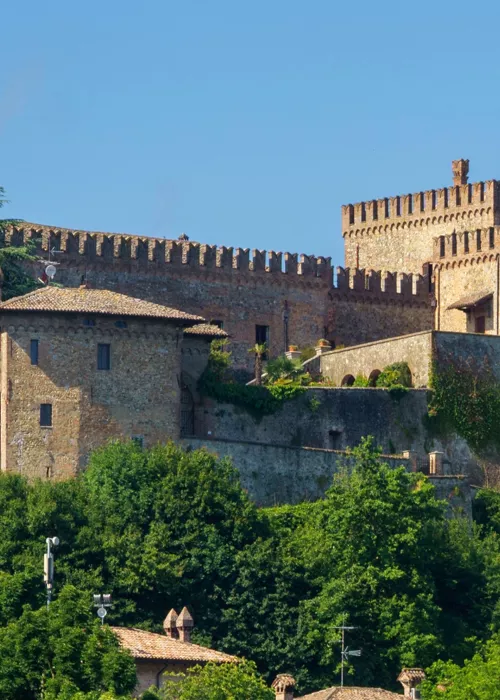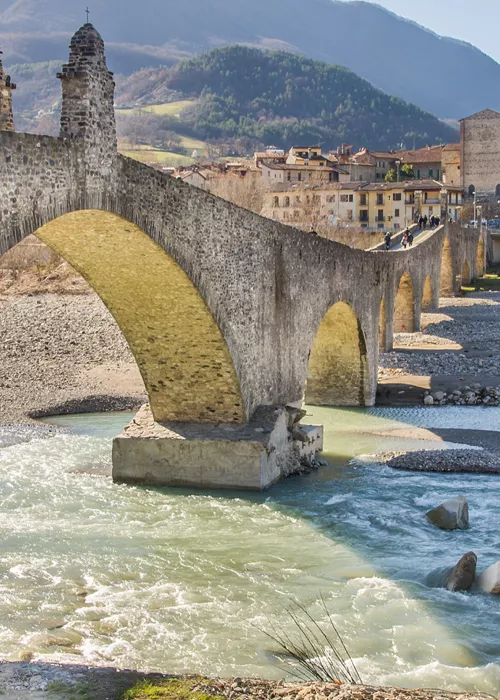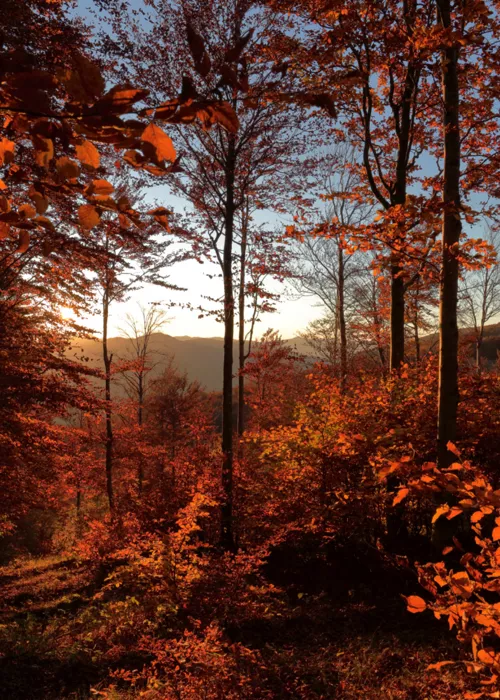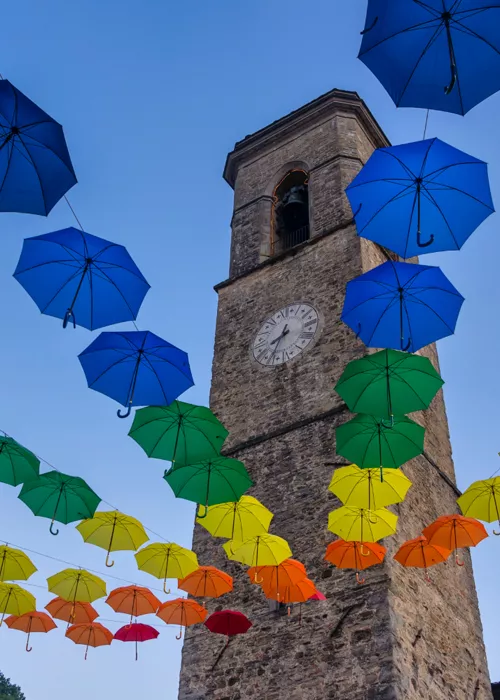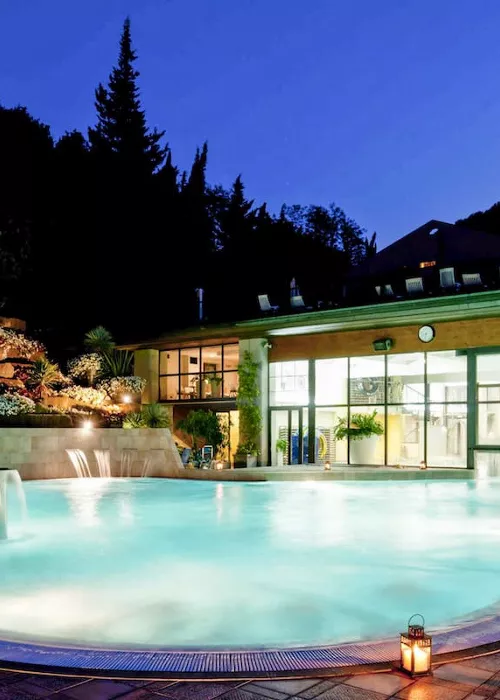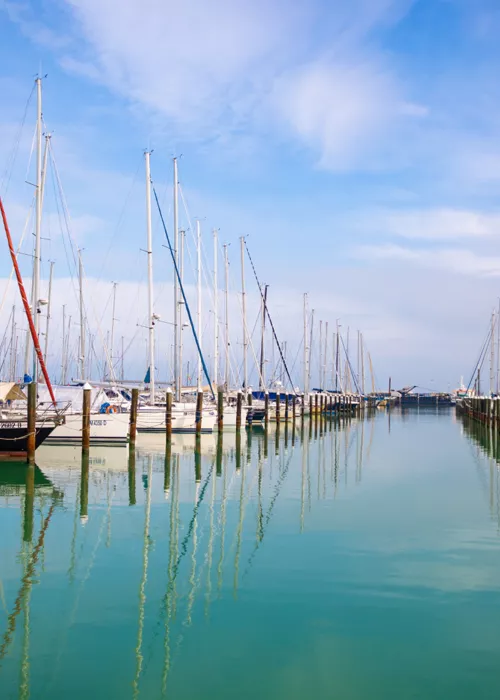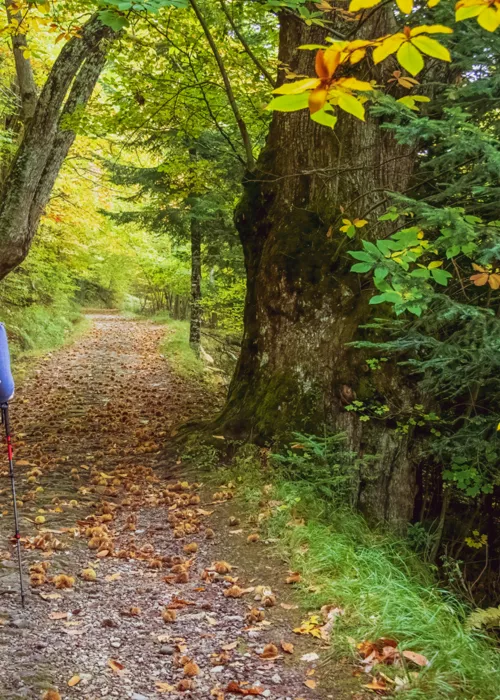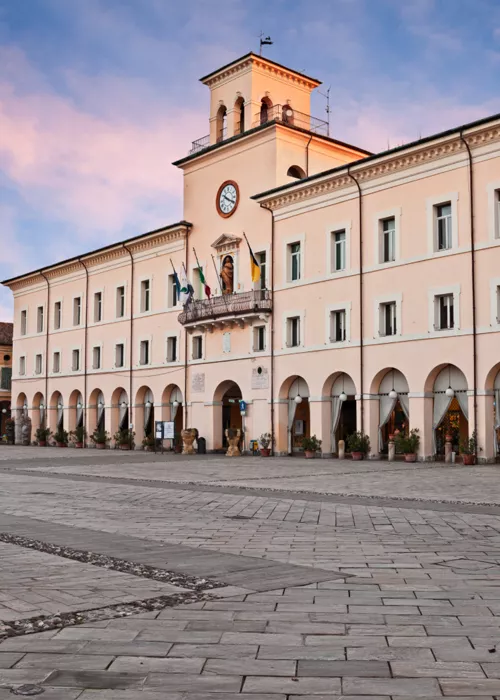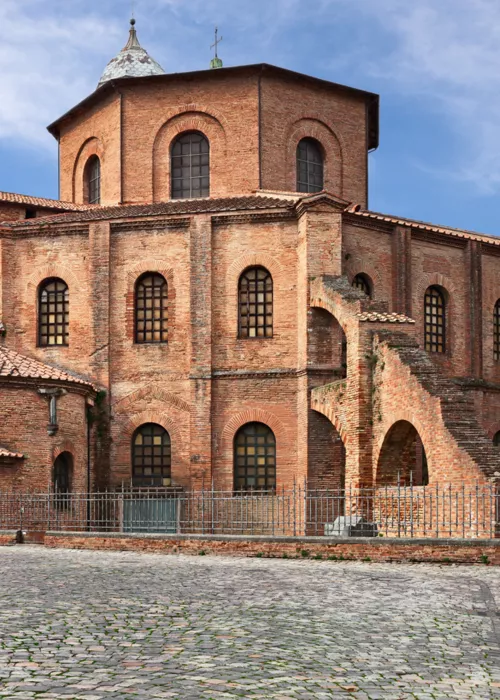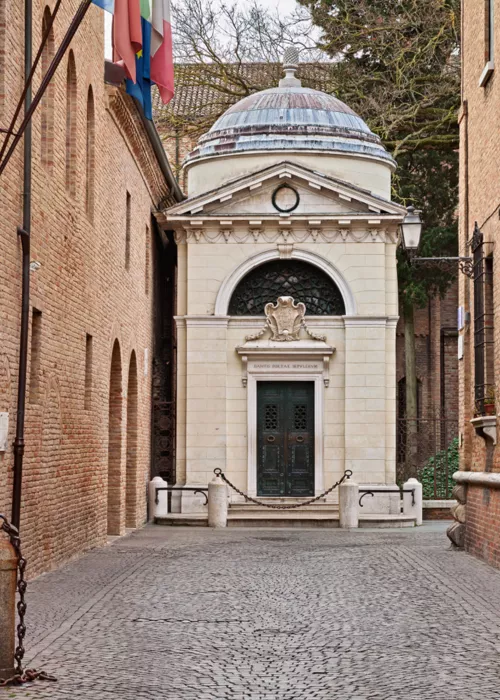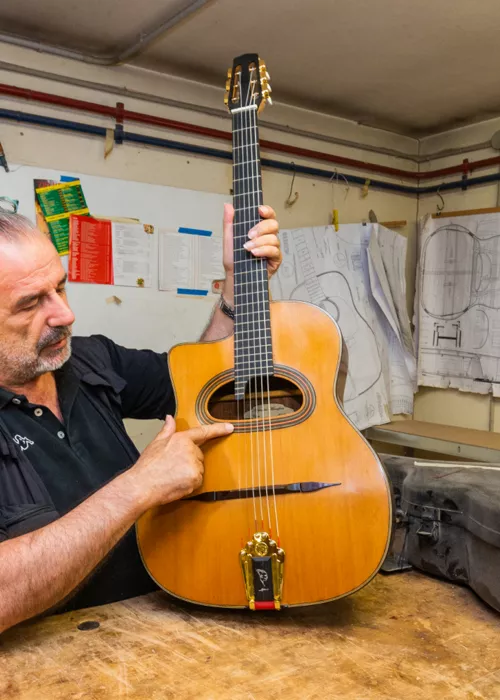La Scola

The route starts from one of the best-preserved villages in the entire Bologna area: La Scola.
Its strategic position among the Apennine mountains overlooking the valley below makes it particularly picturesque.
The settlement is small, and you will be able to capture it in a few hours using your camera or smartphone. There is plenty to photograph for those with a curious eye, from many different perspectives. A key shot is of the centenary cypress tree – a true monument of the village which guards this magical, hidden place.
We advise you to wander through the narrow streets of the village to hunt for the traces left by the famous builders who transformed the towers and defensive buildings into dwellings. You can also discover the work of local artists who decorated the walls, doors and windows of the houses with coats of arms, and embellished them with pergolas, arches and other architectural features.
Castel del Rio

Continuing your journey in search of sights, a stop at Castel del Rio – a mountain village in the valley of the Santerno River – is a must. You can’t fail to wonder at the dense forests and centuries-old chestnut groves that surround it. Immersed in nature, you can savour the tasty chestnuts, which are protected by the PGI label.
You will certainly find the Ponte Alidosi photogenic. Its incredible width makes it unique in the world and the humpbacked structure will impress you in all its grandeur. The bridge dates back to 1499 when it was created to facilitate trade between the two banks of the river. This centuries-old bridge has linked the banks of the Santerno for over 500 years.
Dozza

Moving towards Imola, your next stop is in Dozza. The pretty village, perched on the same hill as the majestic Rocca Sforzesca, has just 1,000 inhabitants.
Livening up the streets are the many characters depicted on the walls, giving the impression of being in a sort of museum – an open-air art gallery. In total, there are more than 100 paintings on the houses and shops. These will accompany your walk through the lanes of the small village. They were created by extraordinarily inventive artists in the 1960s who were inspired by their surroundings, using the walls of the houses as their canvas.
This varied and rich heritage has given rise to the Biennale del Muro Dipinto (Festival of the Painted Wall), now in its 28th edition – a historic painting event that will stimulate your photographer’s eye.
Pieve di Cento

The route continues through the plain of Bologna, along the course of the Reno River, until it reaches Pieve di Cento. Also known as “little Bologna” for its resemblance to the city, this village welcomes you to its historical centre, dating back to 1500.
The focus of your shots will undoubtedly be the long porticoes, built on the Bologna model, but also the urban layout of the Roman castrum, which has remained virtually intact, to which the 9th-century parish church was added, and medieval and Baroque-Renaissance influences were included over time. Pieve di Cento is also famous for its long musical tradition, which lives on in the Scuola di Artigianato Artistico, where crafts including the art of violin making are handed down.
San Giovanni in Persiceto

Your penultimate stop will be in the “Land of Saints”: San Giovanni in Persiceto.
Arriving in the centre of the plain to the northwest of Bologna, you will come across this lively town, home to Street Art that merges the traditions and history of the town with absolutely contemporary paintings on the walls of its houses.
Don’t miss the old town centre, which has retained its original concentric layout, and the highly original Piazzetta Betlemme, also known as “Piazzetta degli Inganni” (Square of Deceptions).
Here, your camera lens will have lots to do amidst the colourful trompe-l'œil paintings, an homage to cinema with scenes halfway between fantasy and reality, and home to plenty of little places to stop for an aperitif.
Bazzano

Turning towards Modena, you have now reached the final stop on our journey: Bazzano. Surrounded by countryside with geometric boundaries, you can enjoy inspiring views, alternating lush nature with historic villas and old farmhouses, evidence of a deep-rooted agricultural tradition.
In this border town, you can enjoy a stroll through the protected area of the Parco Regionale dell’Abbazia di Monteveglio, a short distance from the heart of the valley, and also visit the ancient Rocca dei Bentivoglio, which makes a fascinating backdrop for shots that will preserve for posterity the views of this town with more than a millennium of history.

